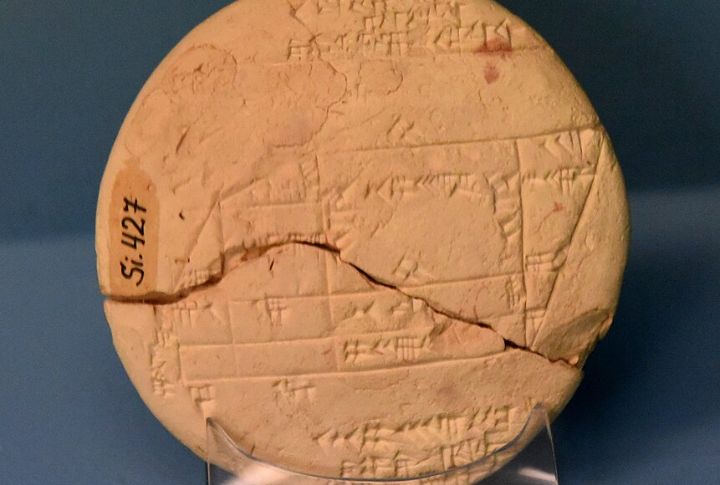
Mathematics wasn’t born with modern calculators—Babylonians were using advanced geometry over 3,700 years ago. Their clay tablet, Si.427, reveals a world of surprising insights, from Pythagorean triples to land surveying methods. Discover how this ancient artifact challenges everything we thought we knew about early mathematics.
Pythagorean Triples Long Before Pythagoras
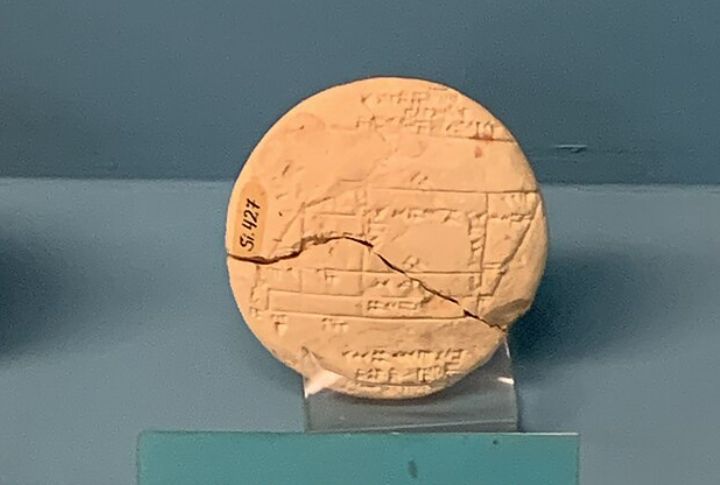
The discovery of Pythagorean triples in the Si.427 tablet, which dates back over 3,700 years, is astounding. These triples—like 3, 4, and 5—showed that ancient Babylonians had already mastered the relationship between the sides of right-angle triangles long before Pythagoras even existed.
Early Geometry in Everyday Life

Mathematicians now know the Babylonian Si.427 tablet had practical uses. It wasn’t a mere academic exercise—it described a field’s boundaries. Surveyors used this applied geometry to accurately measure land, showing how mathematics was interwoven with daily life long ago.
Innovative Tools for Ancient Surveyors
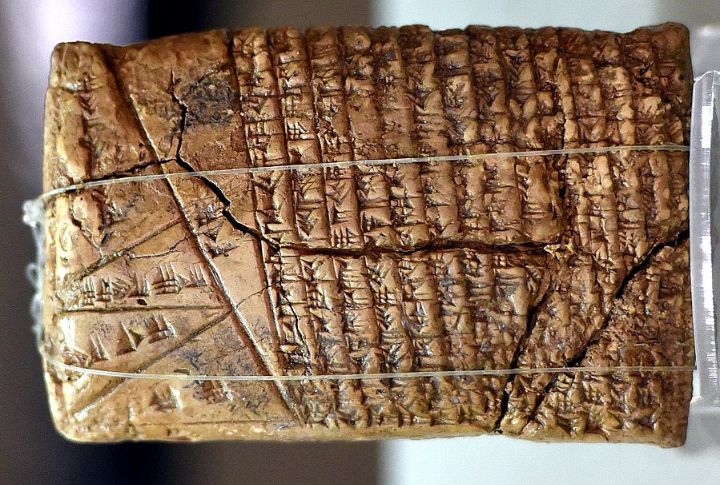
Babylonian surveyors worked with tools that were simple yet highly effective. Using ropes and stakes, they employed geometric principles to create accurate right angles and measurements. The Si.427 tablet shows how innovation in tools combined with mathematical precision to tackle challenges like uneven terrain and marshy land.
Base 60: A System Ahead of Its Time
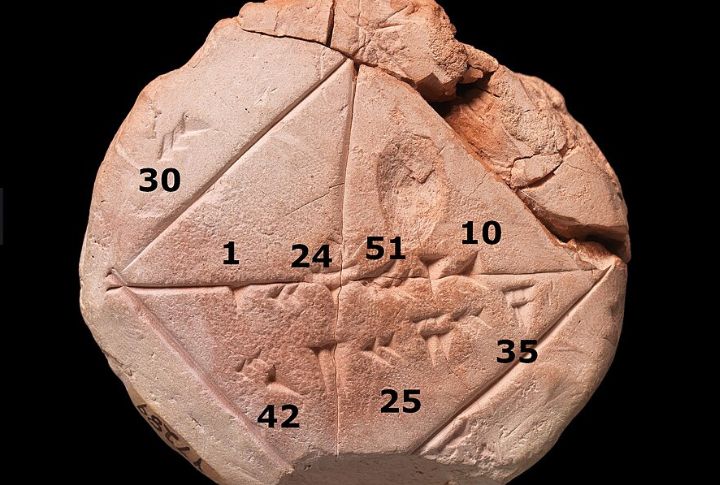
The Babylonians relied on their base 60 system for essential mathematical calculations. Its structure, unlike the decimal system, made fractions and complex computations more manageable, offering a glimpse into their advanced arithmetic and their extraordinary position as pioneers of mathematics.
A Glimpse into Babylonian Legal Systems
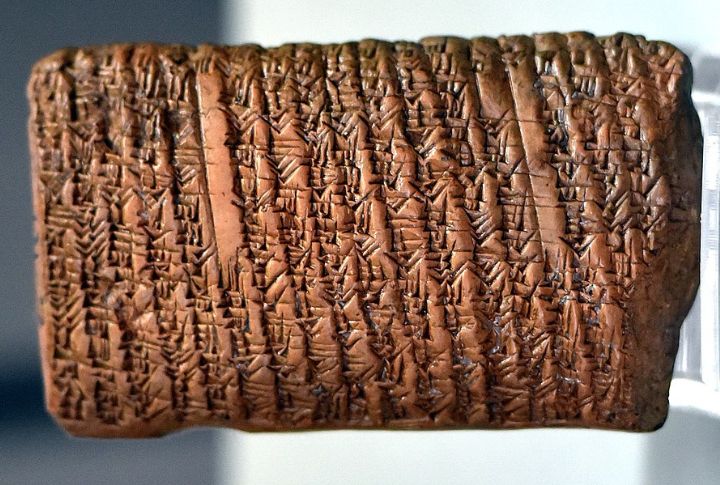
Mathematics on the Si.427 tablet wasn’t just about geometry—it also reflected the legal frameworks of the time. Accurate boundary demarcations were essential for resolving disputes over land ownership. The tablet serves as evidence of how legal and mathematical systems were intertwined in ancient Babylonian society.
Revealing the Land Ownership Boom

Providing a glimpse into 1900 BCE, the Si.427 tablet highlights the growing trend of private land ownership. Its focus on boundary lines illustrates the increasing significance of land transactions during a time when property began to be seen as private.
Mystery of the “25:29” Number

One of the most puzzling elements of the Si.427 tablet is the enigmatic number “25:29” inscribed on its back. Though its meaning remains uncertain, it likely offers a glimpse into the advanced calculations of the era, enhancing the tablet’s intrigue.
Babylonians Practiced Advanced Trigonometry
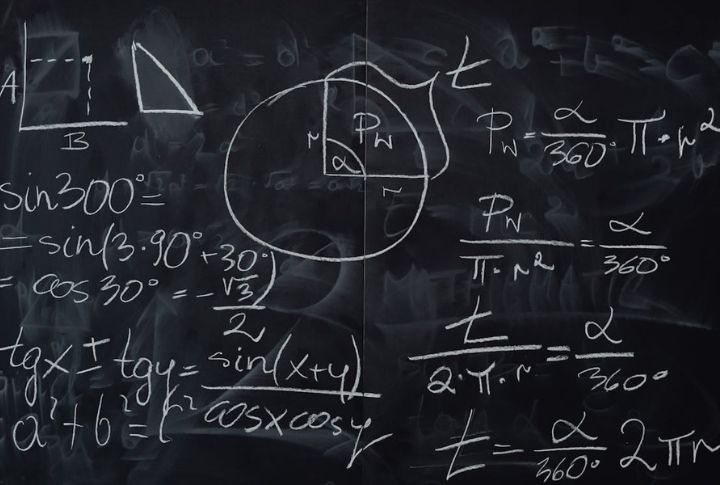
The tablet’s geometric knowledge goes beyond simple shapes. It’s possible that Babylonians were using trigonometric principles, as evidenced by their use of Pythagorean triples. Their understanding of angles and measurements suggests a deep grasp of mathematical concepts, predating formal trigonometry.
Private Individuals and the Need for Surveying

Much like today, private landowners in ancient Babylon needed precise measurements to mark property lines. The Si.427 tablet shows that individuals relied on expert surveyors to mark boundaries accurately. This reflects how math has always played a key role in both personal and societal development.
Historical Context Behind Mathematical Development
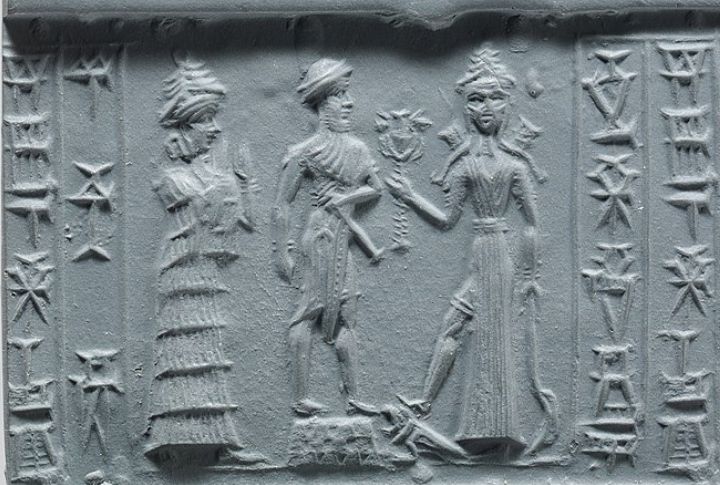
The Babylonians didn’t just create abstract math—they created it to meet real-world needs. As land ownership grew, so did the demand for precise measurements. The Si.427 tablet marks a turning point, showing how math evolved in direct response to the complexities of human life.
